Definition
noun, plural: pathogenicities
The capability (of a pathogenic agent) to cause disease
Supplement
Pathogenicity pertains to the ability of a pathogenic agent to cause disease. Examples of pathogenic agents are infectious bacteria, viruses, prions, fungi, viroids, and parasites causing disease. Their capability to produce disease is associated with their characteristics they acquired during their effort to survive in their host. The host may be a particular animal, plant, fungal, or another microbial species.
A related term to pathogenicity is virulence, which refers to the degree of pathogenicity of a particular organism.
For instance, certain disease-causing microbes are capable of producing and releasing toxins, invading tissues, competing for nutrients and the ability to suppress the immune mechanism of their host. Microbial species that are pathogenic are those that cause diseases such as smallpox, mumps, measles, rubella, ebola, etc. For instance, the human immunodeficiency virus (HIV) that causes HIV infection and acquired immunodeficiency syndrome (AIDS) is capable of infecting cells in the human immune system, e.g. CD4+ T cells, macrophages, and dendritic cells. They are not only able to evade the immune response and mechanism of such cells. They are also capable of gaining entry into, proliferate, and kill these cells.
See also:
Dictionary > Pathogenicity
You will also like...
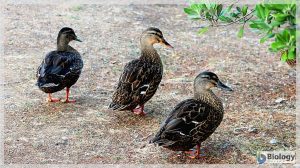
Population Growth and Survivorship
This lesson looks at population attributes, regulation, and growth. It also covers population genetics, particularly gen..
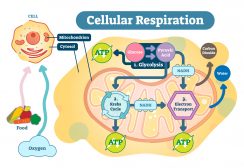
Cell Respiration
Cell respiration is the process of creating ATP. It is "respiration" because it utilizes oxygen. Know the different stag..

The Evolutionary Development of Multicellular Organisms
Multicellular organisms evolved. The first ones were likely in the form of sponges. Multicellularity led to the evolutio..
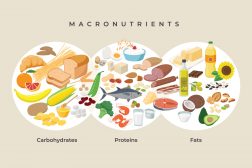
A Balanced Diet – Carbohydrates and Fat
Apart from vitamins, the human body also requires high energy sources such as carbohydrates and fats. If you want an ove..
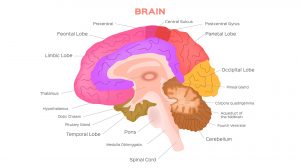
Human Neurology
Human Neurology deals essentially with the nervous system of humans. It also features the various theories put forward b..
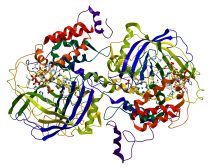
Protein Activity and Cellular Metabolism
Proteins have a crucial role in various biological activities. Get to know how proteins are able to perform as enzymes, ..

